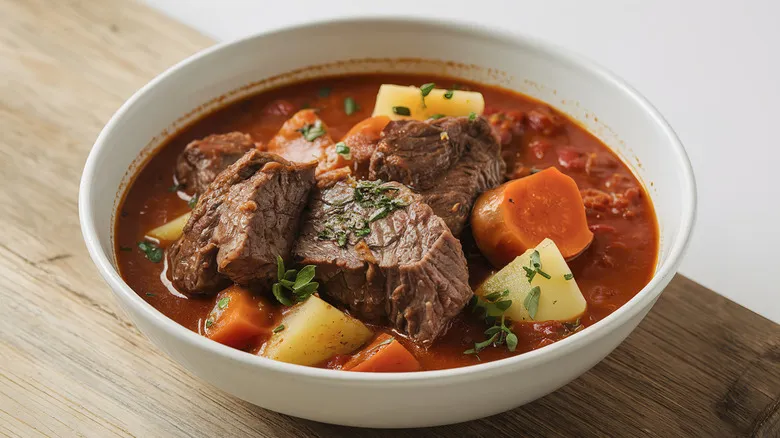Cut beef into uniform cubes for delicious stew
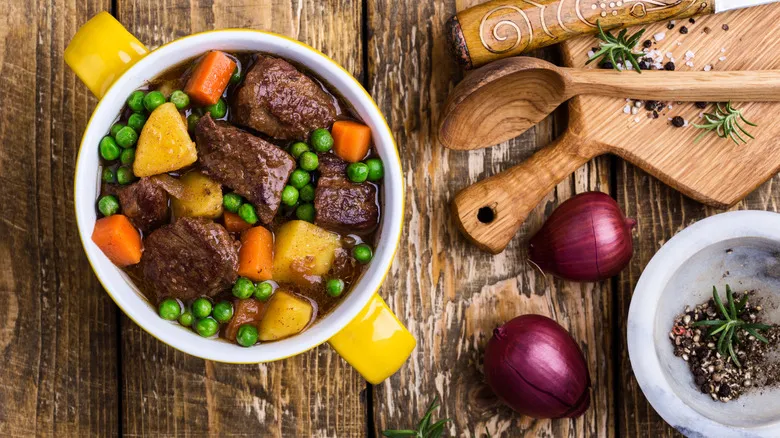
Cubing not only makes the meat more tender but also ensures uniformity in cooking. When beef is cut into cubes, it cooks evenly and sears more effectively, preventing any unexpectedly tough bites. This method promotes the Maillard and caramelization reactions, enhancing the flavor of your stew. Additionally, it allows for easier removal of unwanted fat and tissue while cutting, improving the overall texture of the dish.
To simplify your cubing process, choose a cut that facilitates this task. While pre-packaged stew meat may be convenient, it often compromises the quality of the dish—it's best to cube the meat yourself. Cuts like the large top round or a substantial chuck roast are ideal, as their block shape makes them easy to work with. Start by trimming off any tough patches of fat, then slice the beef into long strips. From there, cube the larger pieces, and you’ll be all set to finish your stew.
Recommended
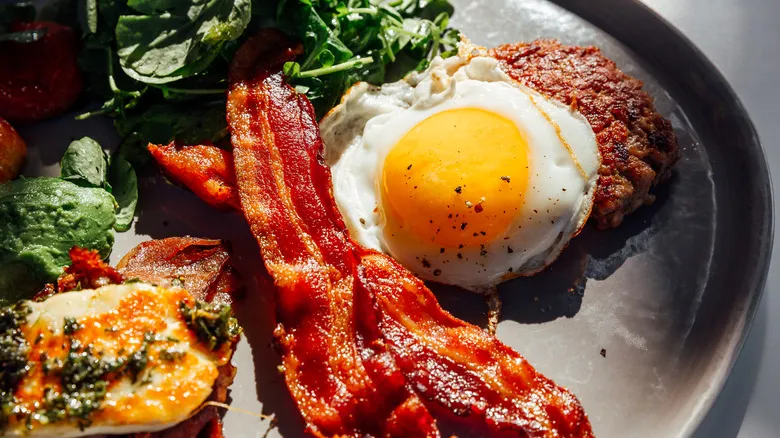
The Korean Ingredient That Gives Your Breakfast A Tangy Upgrade
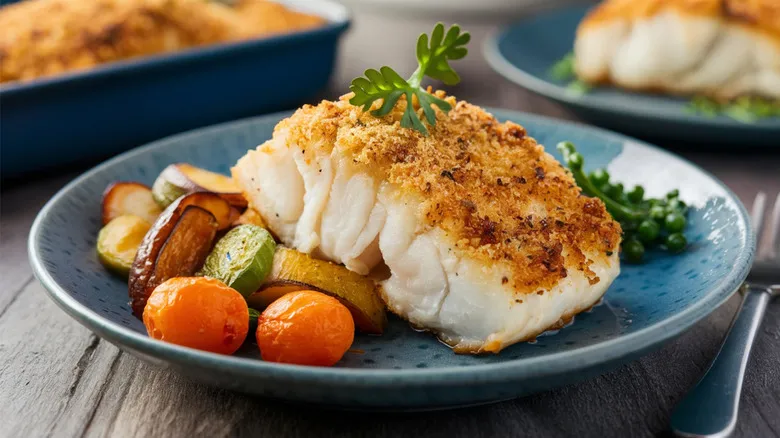
Why You Might Want To Avoid Ordering Atlantic Cod At A Seafood Restaurant
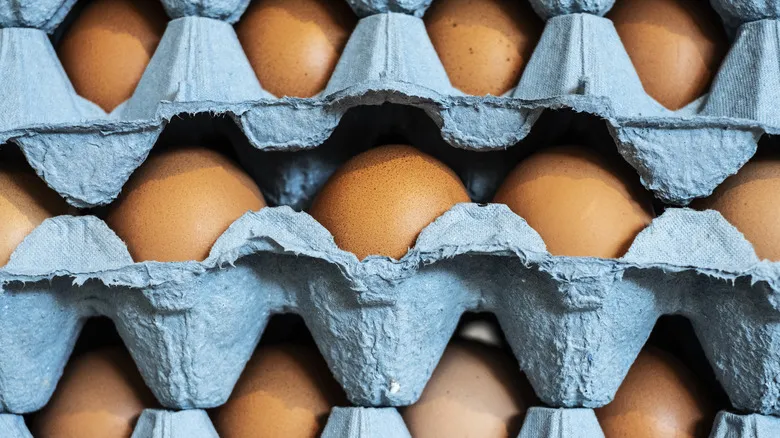
What TSA Has To Say About Bringing Fresh Eggs On Your Flight
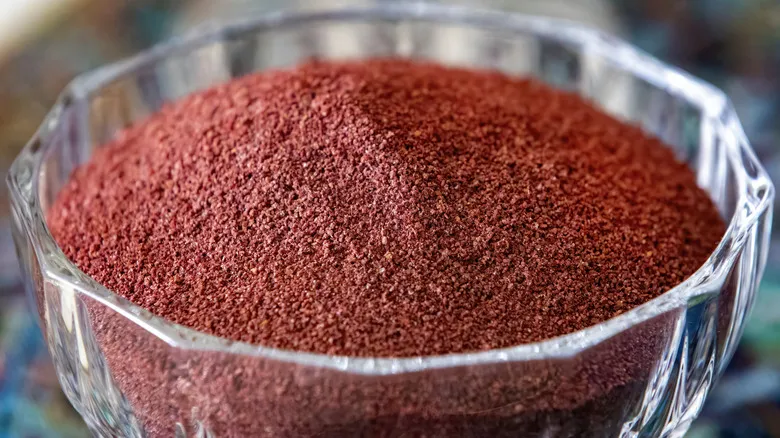
Why Sumac Belongs In Your Next Fruit Salad
Next up

